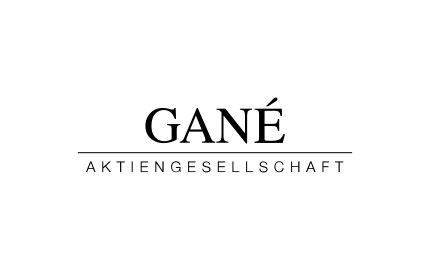Jerome Powell has stayed the course. Despite the persistent turbulence within the U.S. banking sector, the U.S. Federal Reserve implemented its tenth consecutive interest rate hike this week. Market participants, who had proclaimed an immediate change of course in monetary policy directly after the bankruptcy of Silicon Valley Bank, were disappointed again. The highest monetary guardian did not even fulfill the hope for an officially confirmed end of interest rate hikes after the increase of 0.25 percentage points. In addition, contrary to the expectation of the derivatives market, he rejected timely interest rate cuts. These are simply not appropriate in a world of only slowly declining inflation.
However, according to Powell, the policy statement on the interest rate decision was changed in a “meaningful” way: The reference to the appropriateness of further rate hikes was deleted. In addition, he reaffirmed his assessment that the tightening of credit conditions due to strains on the banking sector was roughly equivalent to an additional rate hike. With the central bank’s future course to be determined by incoming economic and inflation data, GANÉ sees an interest rate pause in U.S. monetary policy in June as the most likely scenario.
Should price trends continue its slow easing in the coming weeks, an end to – at least further – interest rate hikes in the U.S. in direct succession will come within reach. The history of the S&P 500 against the backdrop of fully completed interest rate cycles shows that since 1955, the stock market has on average shown a positive development in the six months following the last interest rate hike. Even when interest rates are not immediately lowered by the U.S. Federal Reserve, but are held constant.
GANÉ therefore continues to focus primarily on equities of winning companies that can excel with rising free cash flows and high gross margins even in an environment of permanently higher financing costs. An interest rate pause in U.S. monetary policy or a possible end to the rise in the cost of capital should have a particularly positive impact on these business models, regardless of whether the capital markets’ currently priced-in hopes of interest rate cuts are fulfilled or not. In addition, we remain focused on the security of future coupon payments in the bond segment and are not blinded by supposedly high yields on high-risk securities. Default rates are likely to rise significantly due to the historically unprecedented pace of monetary tightening, even if no further interest rate hike in the U.S. is in store for companies for the time being. We therefore remain focused on top-rated government bonds with short maturities and low default risk, and only select specific corporate bonds cautiously.
Author:

